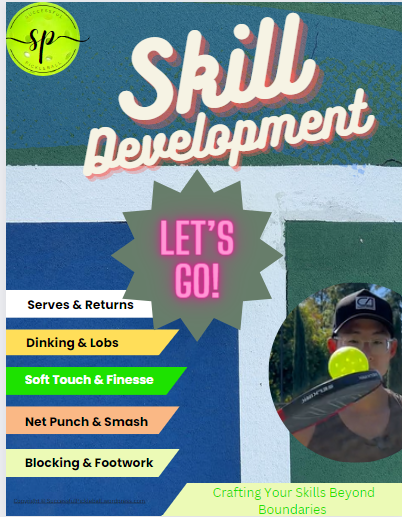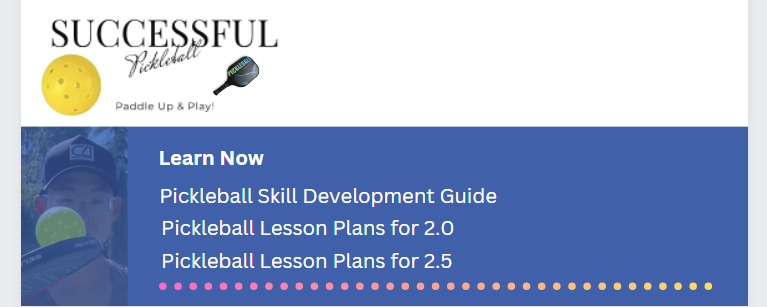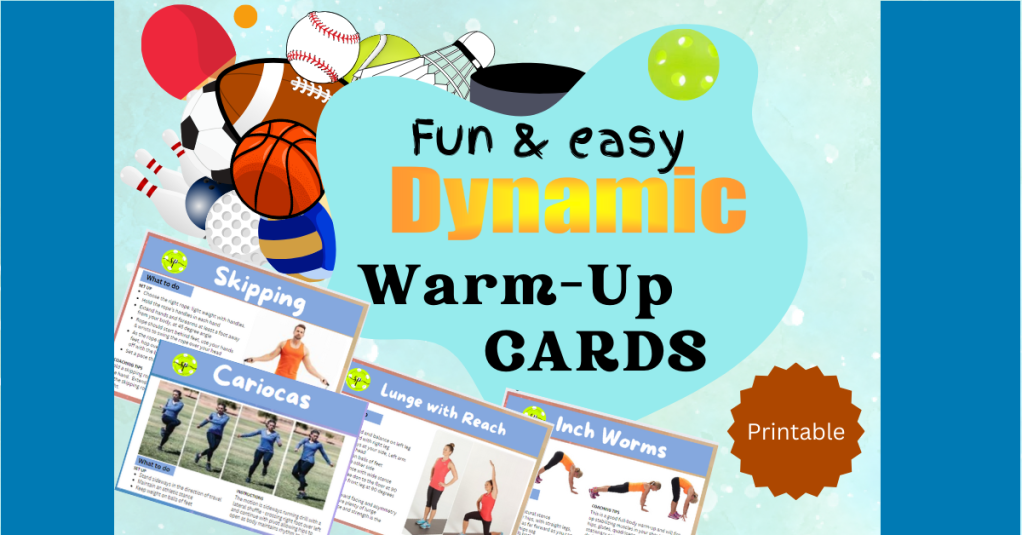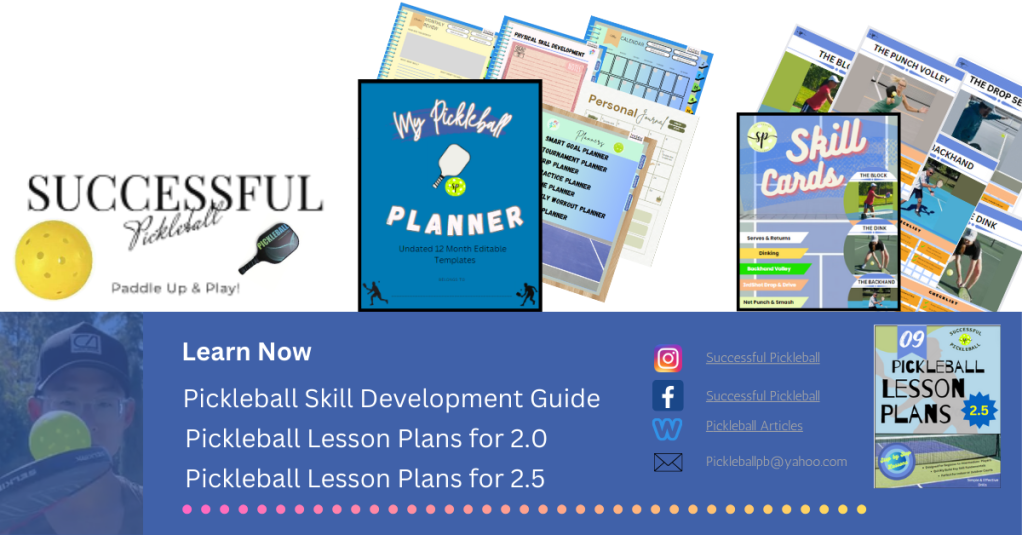Your foundation of fitness or general physical preparedness (GPP) is an indicator of your fitness baseline. Athletes often look for a quick fix creating their baseline of balance, strength, conditioning, agility, endurance, speed, power, and so on. Players who have base levels of conditioning and strength are going to perform better on the court than those who do not. They’ll be fit enough to apply all the other technical aspects of the sport and implement all the pickleball strategies that are available. They’ll have fewer injuries, and they’ll be able to play longer. Even better, they can apply that fitness to other sports or aspects of their lives.
Pickleball is a wonderful combination sport where you can challenge yourself mentally and enjoy the benefits of physical challenges. During typical pickleball game, all the major muscle groups can be utilized and the energy exertion required during 15 minutes of play can burn over 100 calories depending on your height and weight. Additionally, pickleball also requires alertness, flexibility, quick reflexes, agility along with aerobic and anaerobic conditioning. Now pack that into two hours of playing time and you can see why pickleball is currently the number one choice for active seniors and active adults alike. This week we will discuss the lower body muscle groups and some ways to utilize their power in your game.
Lower Body
You might think that because you swing a paddle pickleball is an upper-body sport, but all your leg muscles, including your gluteus, quadriceps, hamstrings and calves, are engaged continuously doing a lot of the work out on the court. Pickleball requires muscle for serves, forehand court volleys, backhand court shots, and overhead smashes which originate in the legs and travels up through your body and through the paddle. You may have several bursts of short-distance running like when tracking down an overhead lob or a highly skilled placed shot – if you can’t get to the ball, you can’t continue the point if you can’t hit it back over the net. Keeping your feet moving at the net requires a low squat ready position and if you have weak lower body muscles you may just be at a disadvantage.

The muscles used when playing pickleball are calves (Gastrocnemius), hamstrings, quadriceps, Adductors, Abductors, Quadriceps, Glutes, and hip flexors.
Players, generate power and speed through successful energy transmission called a kinetic chain. It all starts from the ground when your feet push off the court and move toward the ball. This first event in the kinetic chain successively transfers energy into lower-body muscles then into the core, and then into the upper body muscles. The final stage in the kinetic chain is when your hand transfers the energy into your hand which transfers into the ball.
Quads, Hamstrings, and Quads

The lower leg muscles, quads, hamstrings, and calves are the most critical when moving around the court. These sets of muscles provide meaningful power to a player’s game. Not only do they generate speed, they provide mobility on the court. The demands of movement in pickleball maybe deceiving because of the size of the court but players generate a great deal of valuable attributes but loads of kinetic energy.

Some exercises to improve overall leg strength include various types of lunges – including lateral side lunges for the ad an abductors, leg curls, deadlifts, single-leg hinges, squats, and step-ups to name a few. There are so many resources for the various types of exercises, it would be worth your time to research the exercises that best suit you.
Gluteus

These sets of muscle groups consist of three individual muscles, the gluteus maximus, the gluteus medius, and the gluteus minimus. Gluteus play a key role in lateral movement, particularly with hip rotation and extension. These strong muscle groups contribute to adequate knee extension as well. A power boost from the formidable gluteal muscles during play will benefit the body with a reduced risk of injury.
Engaging the gluteus in lateral movement will provide stability which means that players will improve their speed, reaction and generate the right amount of push to drive directional change in a split-second.

In the Pickleball Skills eBook, players can get a better understanding of the biomechanics of various skills. An example is setting up for a serve which requires seven steps, like an effective stance, proper stride, hip & shoulder rotation, backswing and follow-through.
Lesson Plans start with the basics and itemize objectives, resources, materials, curriculum with key teaching points and diagrams. Each lesson also includes an Assessment and Evaluation.
Please consider subscribing to our blog for more great pickleball content and make sure to follow us on Facebook and read the latest newsletter for some exciting news for the Spring 2023. Grab your dynamic warm-up exercise eBook as well, happy training!


Love to hear your feedback! Click the feedback button.










































One response to “The Fitness Foundation to Success: Week 1 Lower Body Power”
[…] drive. Close your stance, step into the ball, rotate at the waist, and bend your knees to generate power from the […]
LikeLike